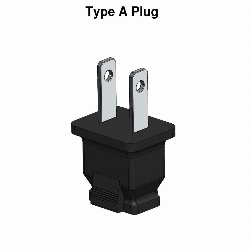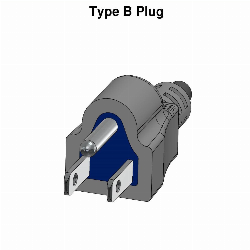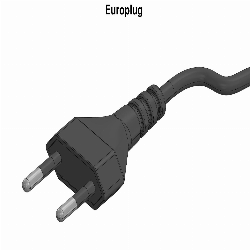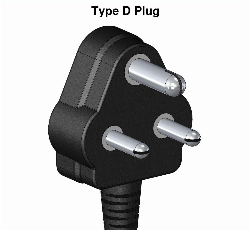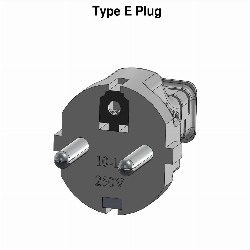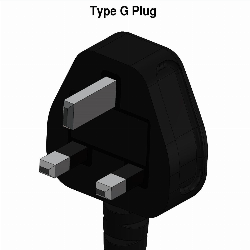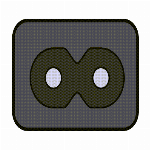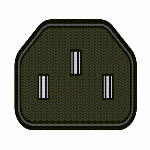Commonly used Plug Types
Several types of electrical outlet plugs and sockets are used in our country. In order to under the socket types better, a list of respective plug and outlet types with voltages and frequencies has been provided below:
Type A: 2 Flat Pins (Ungrounded)
- This plug with two flat parallel prongs is considered standard mainly in the USA, Canada, Mexico, and Japan.
- The plug has two flat 1.5 mm thick blades, measuring 15.9 – 18.3 mm in length and spaced 12.7 mm apart.
- This plug is rated at 15 amps and has almost always 100 – 127 V.
- These plugs are not insulated (i.e. the pin shanks are not sleeved, i.e. they do not have a black covering towards the plug body)
- Sockets compatible with this plug usually have two contact wiper that the prongs slide into.
- These sockets either have bumps that fit into the holes or two spring-action blades that grip the sides of the plug pin.

Image 1: This plug with two flat parallel prongs is mainly used in the USA, Canada, Mexico, and Japan.

Image 2: Type A sockets either have bumps or two spring-action blades that grips the the plug pin.
Type B: 2 Flat Pins and 1 Round Pin (Grounded)
- This plug with two flat 1.5 mm thick blades and a 4.8 mm diameter round or U-shaped earth pin is mainly used in the USA, Canada, and Mexico.
- The plug is rated at 15 amps and has almost always 100 – 127 V.
- These plugs are not insulated (i.e. the pin shanks are not sleeved, i.e. they do not have a black covering towards the plug body)
- These plugs outlets are not recessed into the wall, i.e. if a the plug is pulled halfway out, its prongs are still connected to the socket which has risk of electrocution when pulling the plug out and putting fingers around it.
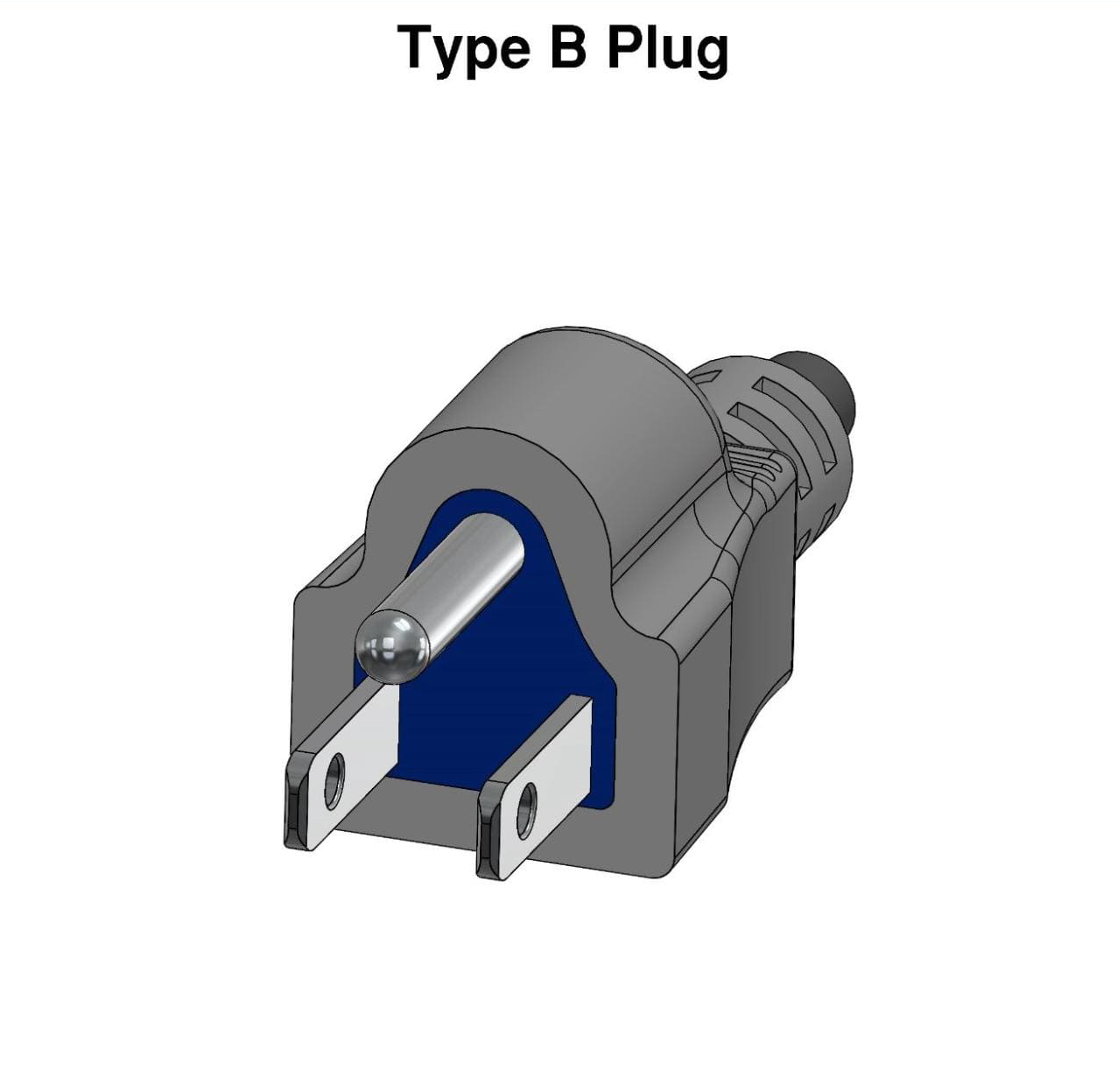
Image 3: This plug with two flat thick blades and a U-shaped earth pin is used in USA, Canada, and Mexico.
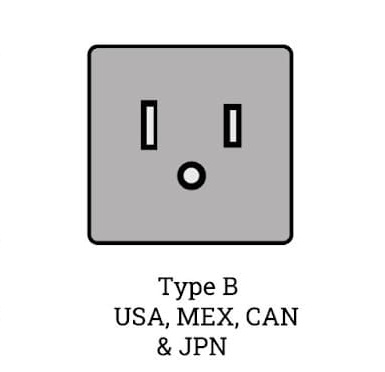
Image 4: Type B sockets are not recessed into the wall and has electrocution risk when pulling the plug.
Type C: 2 Round Pins (Ungrounded) 2.5 amp version
- This plug with two round prongs is the most common plug internationally widely used in Europe, South America, and Asia.
- The plug has two 4 mm round pins, measuring 19 mm in length on centres spaced 18.6 mm apart at the base and 17.5 mm apart at the tip.
- The two pins have 10 mm long insulated sleeves that fits into any socket that accepts 4.0 – 4.8 mm round contacts on 17.5 – 19 mm centres.
- The plug is generally limited for use in class II applications that require 2.5 amps or less.
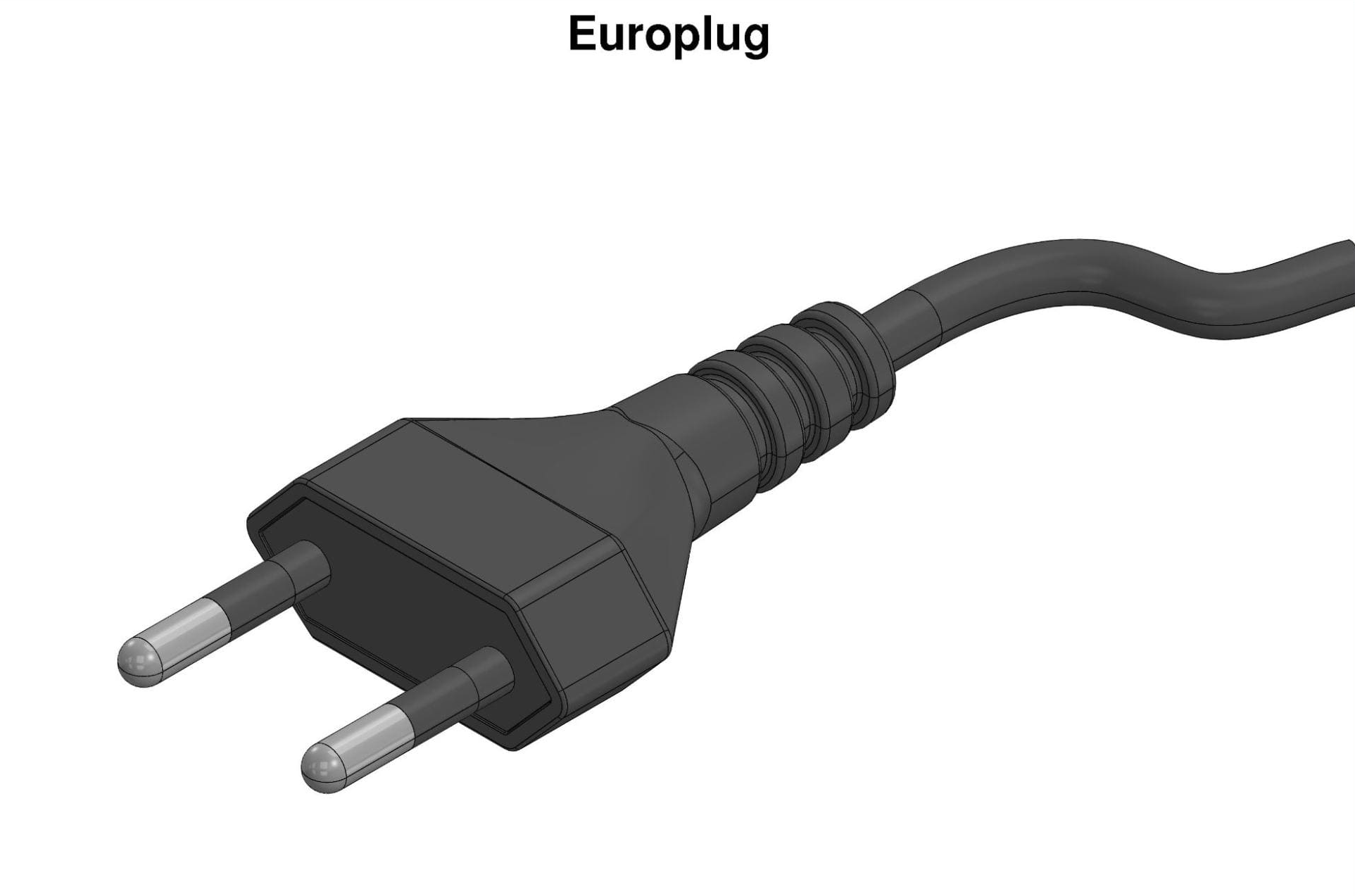
Image 5: This plug with two round prongs is internationally widely used in Europe, South America, and Asia.
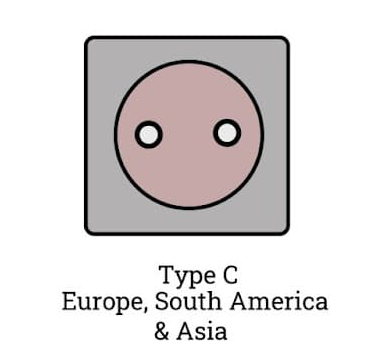
Image 6: Type C sockets have two holes with two spring-action blades that grips the plug pin.
Type C: 2 Round Pins (Ungrounded) 16 amp version
- There is also a second, less frequently used version of the type C plug (CEE 7/17), which is rated at either 10 or 16 amps.
- Its pins have the same length (19 mm) as the 2.5 amp version, but they are not insulated and have a slightly larger diameter (4.8 mm).
- Appliances that do not require earthing, but which are high energy-consuming, are almost always fitted with this kind of plug (e.g. hair dryers, bathroom heaters, vacuum cleaners, etc.).
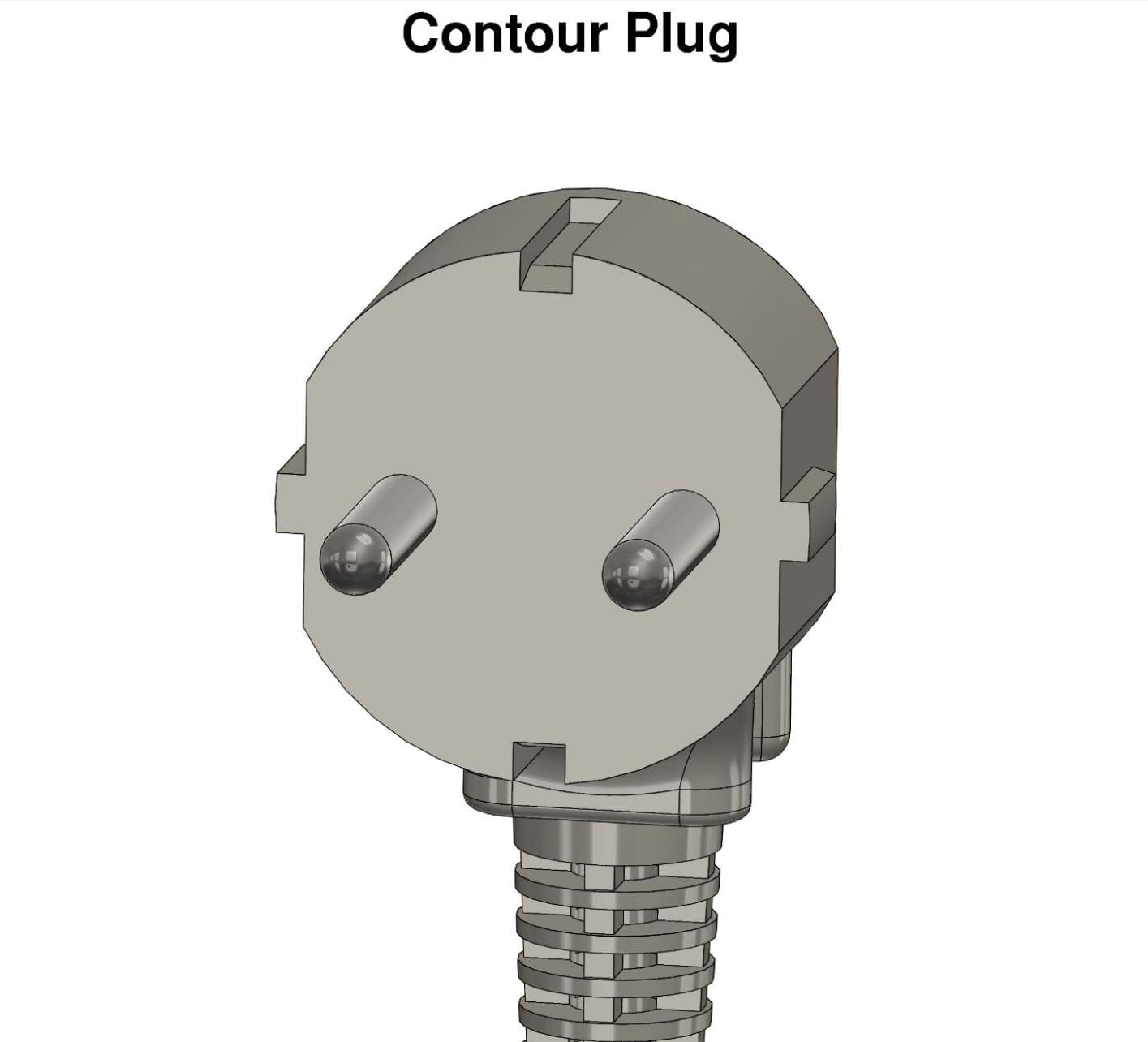
Image 7: This ungrounded contour plug with two round prongs is the 10 or 16 ampere version of type-c plug.
Type D: 3 Round Pins (Grounded)
- This plug with three round prongs that form a triangle is almost exclusively used in India and Nepal.
- The plug is rated at 6 amps and has almost always 220 – 240 V.
- The central earth pin is 20.6 mm long and has a diameter of 7.1 mm.
- The 5.1 mm line and neutral pins are 14.9 mm long, on centres spaced 19.1 mm apart.
- These plugs are not insulated (i.e. the pin shanks are not sleeved, i.e. they do not have a black covering towards the plug body)
- These plugs outlets are not recessed into the wall, i.e. if a the plug is pulled halfway out, its prongs are still connected to the socket which has risk of electrocution when pulling the plug out and putting fingers around it.

Image 8: This plug with three round prongs that form a triangle is exclusively used in India and Nepal.

Image 9: Type D sockets have one large and two small holes with spring-action blades that grip the plug pin.
Type E: 2 Round Pins (Grounded)
- This plug with two 4.8 mm round pins is used in France, Belgium, Poland, Slovakia and Czech Republic.
- It has a 14 mm long grounding hole to accept the earth pin of the type E socket.
- This plug is rated at 16 amps and has almost always 220 – 240 V.
- It has top and bottom indentations with earthing clips and a pair of plastic notches on the left and right side.
- The socket is recessed by 15 mm, so partially inserted plugs do not present a shock hazard.

Image 10: This plug with two round pins is used in France, Belgium, Poland, Slovakia and Czech Republic.

Image 11: Type E socket is recessed by 15 mm, so partially inserted plugs do not present a shock hazard.
Type F: 2 Round Pins (Grounded)
- This plug with two 4.8 mm round pins is used almost everywhere in Europe and Russia, except for UK and Ireland.
- It top and bottom indentations with conductive clips in them in order to earth the appliance.
- This plug is rated at 16 amps and has almost always 220 – 240 V.
- It has a pair of plastic notches on the left and right side to provide extra stability when using large and heavy plugs (e.g. with built-in transformers).
- The socket is recessed by 15 mm, so partially inserted plugs do not present a shock hazard.
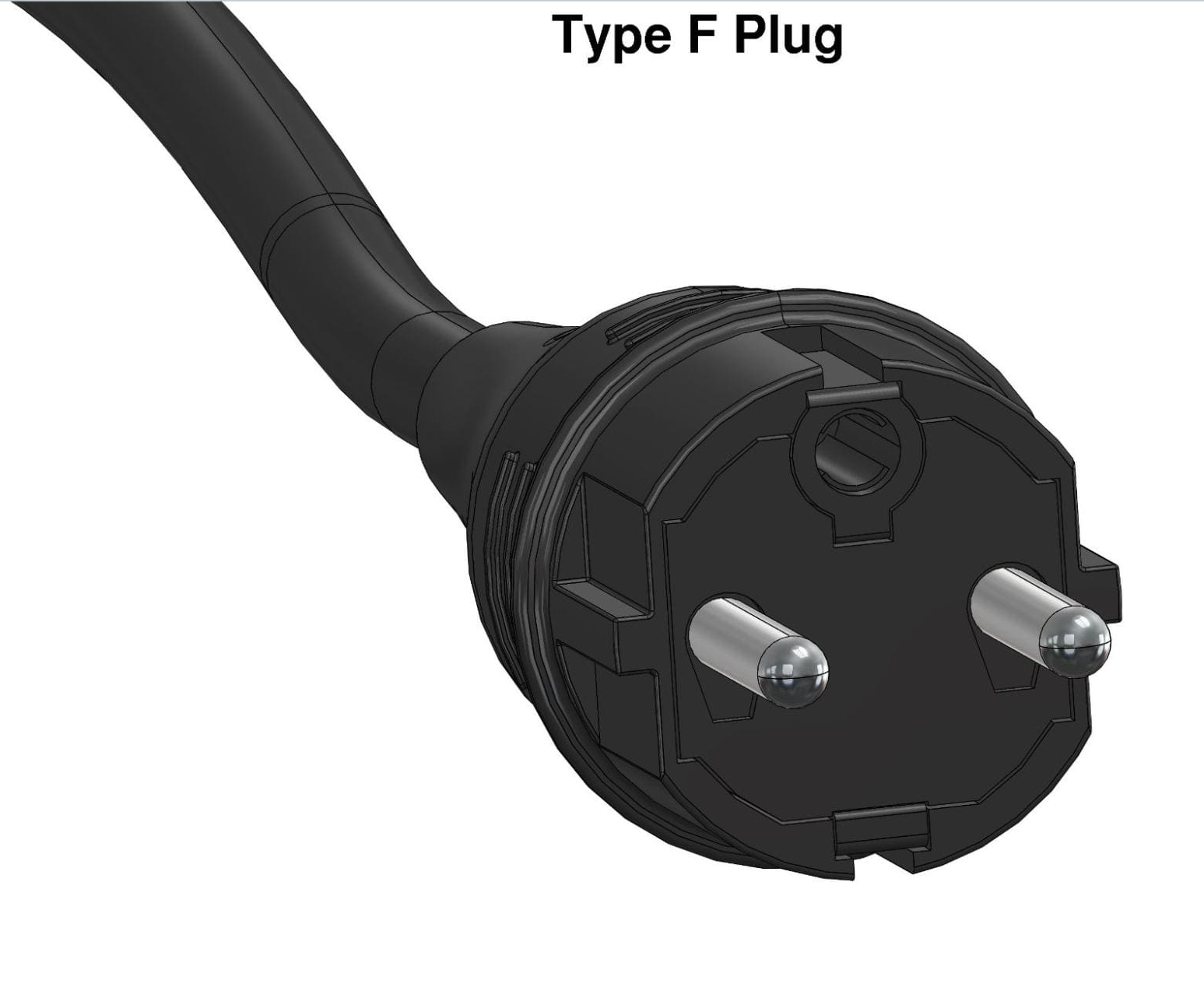
Image 12: This plug with two round pins and conductive clips is used mostly in Europe and Russia.
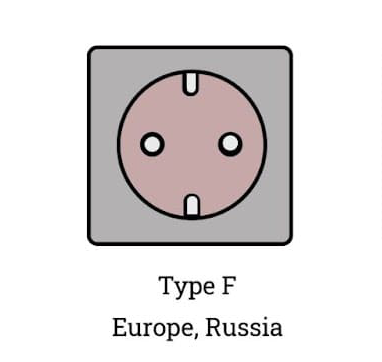
Image 13: Type F socket is recessed by 15 mm, so partially inserted plugs do not present a shock hazard.
Type G: 3 Rectangular Prongs (Grounded)
- This plug with three rectangular prongs are mainly used in the United Kingdom, Ireland, Malta, Malaysia, Singapore and the Arabian Peninsula.
- The central earth pin is 4 by 8 mm and 22.7 mm long. Line and neutral pins are 4 by 6.35 mm and 17.7 mm long, on centres spaced 22.2 mm apart.
- This plug is rated at 13 amps and has almost always 220 – 250 V.
- The 9-mm long insulated sleeves prevent accidental contact with a bare connector while the plug is partially inserted.
- Type G wall sockets almost always include built-in switches for extra safety and prevent shock hazard.
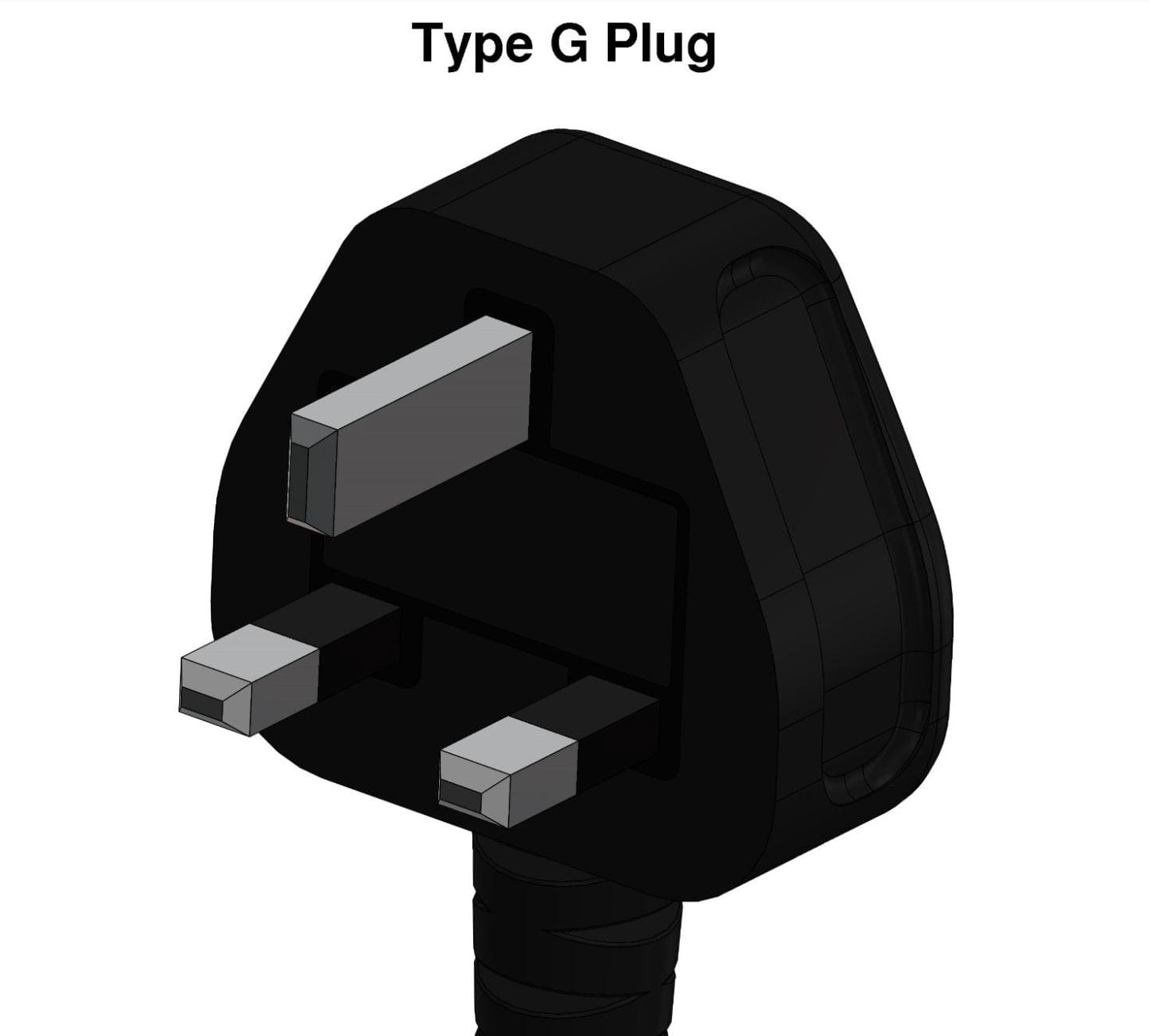
Image 14: This plug with three rectangular prongs are used in UK, Ireland, Malta, Malaysia, and Singapore.
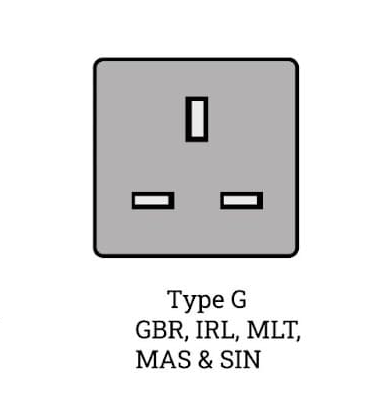
Image 15: Type G sockets almost always include built-in switches for extra safety and prevent shock hazard.
Appliance Connectors
Some appliance connectors are also commonly used in our country to medium and low voltage appliances:
C7 Connectors: 2 Side-by-Side Prongs (Ungrounded)
- C7 is a two-pronged non-polarized connector that has two prongs side-by-side.
- They are typically used to power low voltage appliances such as TVs, portable CD players, laptop chargers, laptop power supplies, video, and audio equipment etc.
- They are rated up to 250V and 2.5 Amps Internationally or 125V and 10 Amps in North America.
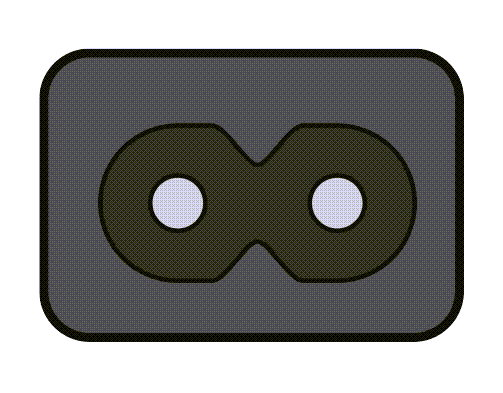
Image 16: This two-pronged non-polarized connector is typically used to power low voltage appliances.
C13 Connectors: 3 Pin Power Cables (Grounded)
- C13 is a 3-pin power cable used mainly for computers, monitors, communications, and other appliances.
- It is also commonly called a “kettle cord” and is the male connection that fits in C14 female.
- They are typically used on standard mains cables and are rated to a maximum of 240V and 10 Amps.
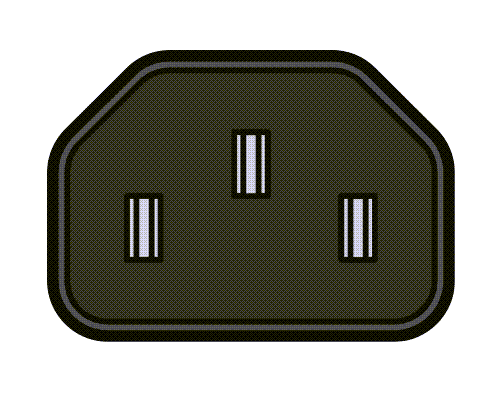
Image 17: This 3-pin power connector is used mainly for computers, monitors, and other appliances.
